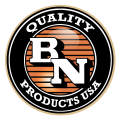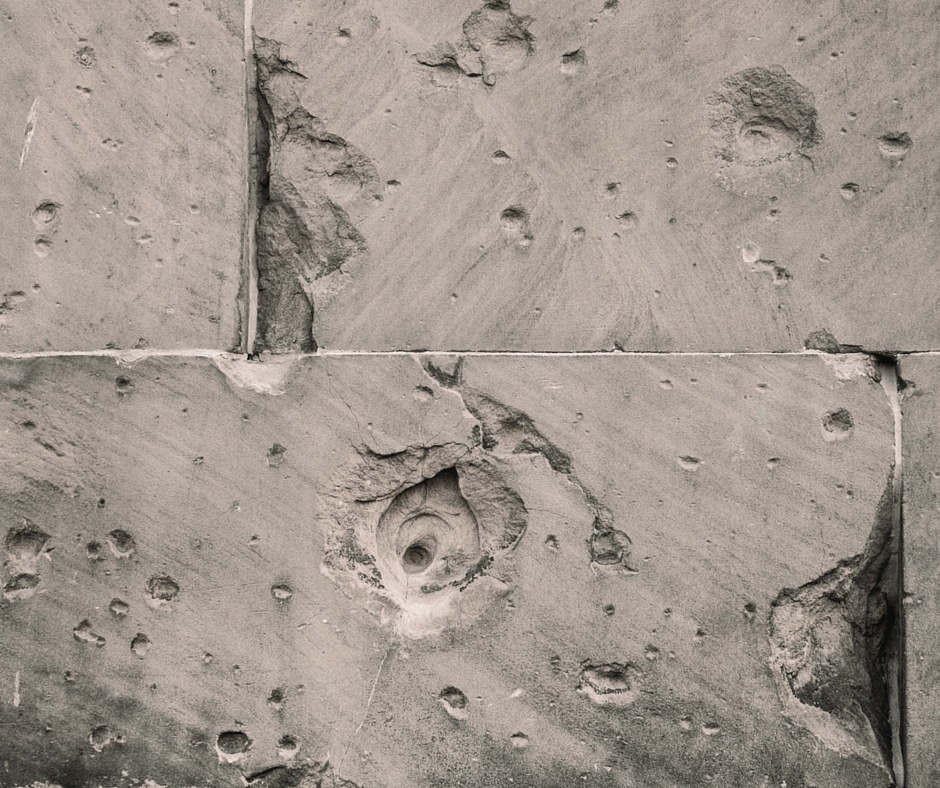When you’re having moisture or water problems, you may hear the terms waterproofing and damp proofing tossed around. But to the average person, what’s the difference? They both limit the transfer of water through materials, right? As it turns out, there are major differences – especially if you’re worried about basement moisture problems. Let’s take a quick look at what waterproofing and damp proofing are and how they’re different:
What is Waterproofing?
Waterproofing is keeping all water from crossing a material, including soil moisture, water vapor, and liquid water that is under hydrostatic pressure. If you live in a damp climate that tends to have problems with basement flooding, this is an important difference to note.
The International Residential Code (IRC) requires waterproofing from the top of the footing to the finished grade in areas that have high water tables or where there are problems with severe soil water conditions.
Remember, Concrete Is Porous
As a porous surface, concrete can quickly soak up water using capillary action between the aggregate if left untreated. If you waterproof, the substance will automatically keep cracks covered as they develop. This happens because the waterproof compound is a flexible material that will create a seal over the top of the concrete. Waterproofing is better than damp proofing for some scenarios. This is because the waterproof compound will retain its initial elasticity. It is also usually applied more thickly, typically up to 40 mils, which is about four times the thickness of damp proofing compounds. By sealing the concrete with a waterproofing substance, you’re providing additional protection to the structure.
What is Damp Proofing?
By comparison, damp proofing only controls water vapor from soil moisture. It won’t stop the influx of liquid water. If you have high water tables or severe soil water conditions, damp proofing the foundation may not be sufficient.
Damp Proofing Can Be Used Like Waterproofing
You may be able to use damp proofing instead of water proofing in some situations. For example, you may need to seal from the finished grade to the top of the footing. This would be a perfect scenario for damp proofing. It typically consists of a sealant applied to the exterior of the foundation walls to control the movement of soil water vapor into the structure. At a mere 10 mils thick, it doesn’t have the ability to seal large cracks, doesn’t deal well in places where ties protrude away from the surface and similar problematic areas.
If you decide to use damp proofing in place of waterproofing, make sure you are very careful around it. Do not let careless operator put backfill into place – they may damage the damp proofing. Proper foundation drainage and design elements that reduce hydrostatic pressure will help keep your damp proofed foundation working effectively.
What’s the Difference?
As you can see by the definitions, waterproofing is essentially damp proofing plus a lot more performance. Overall, waterproofing provides a higher quality seal against water in your foundation walls and keeps the structure as a whole more comfortable to occupy.
It Can Depend On Climate
Damp proofing is a cost-effective way to keep areas below grade comfortable. If you live in a dry climate, have strong control over the quality of work done in preparation and with earthmoving equipment to backfill the foundation or have the ability to put drainage features in place to control hydrostatic water pressure, choose damp proofing.
If you require better performance out of your sealant, live in areas with severe soil water conditions or high water tables, are willing to spend a little more to get a higher quality construction, waterproofing is an excellent choice.
Now that you know the differences between waterproofing and damp proofing, you can make the best choice for your next project that will leave you comfortable and with dry feet. If you still have questions or need help figuring out the best possible way to make your project go well, please feel free to contact the experts at BN Products. We’re always happy to help make sure your project is a success.



